Ahmet Kerem Aksoy
Satellite Image Search in AgoraEO
Aug 23, 2022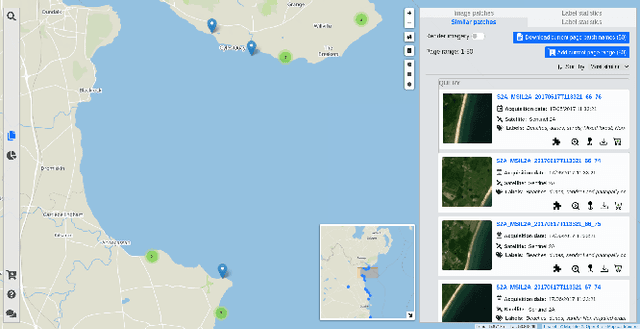

Abstract:The growing operational capability of global Earth Observation (EO) creates new opportunities for data-driven approaches to understand and protect our planet. However, the current use of EO archives is very restricted due to the huge archive sizes and the limited exploration capabilities provided by EO platforms. To address this limitation, we have recently proposed MiLaN, a content-based image retrieval approach for fast similarity search in satellite image archives. MiLaN is a deep hashing network based on metric learning that encodes high-dimensional image features into compact binary hash codes. We use these codes as keys in a hash table to enable real-time nearest neighbor search and highly accurate retrieval. In this demonstration, we showcase the efficiency of MiLaN by integrating it with EarthQube, a browser and search engine within AgoraEO. EarthQube supports interactive visual exploration and Query-by-Example over satellite image repositories. Demo visitors will interact with EarthQube playing the role of different users that search images in a large-scale remote sensing archive by their semantic content and apply other filters.
A Novel Uncertainty-aware Collaborative Learning Method for Remote Sensing Image Classification Under Multi-Label Noise
May 12, 2021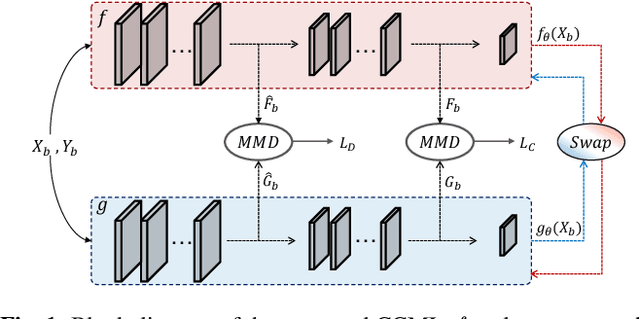
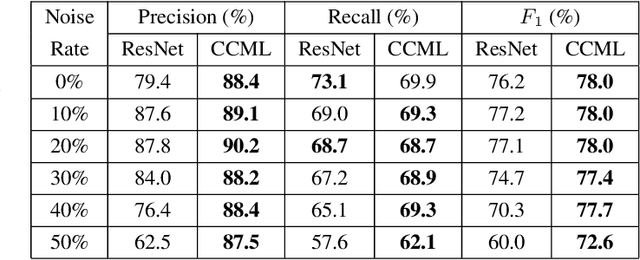

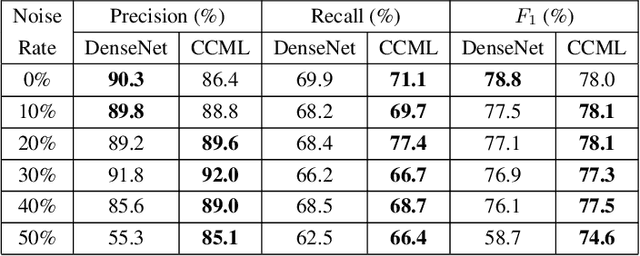
Abstract:In remote sensing (RS), collecting a large number of reliable training images annotated by multiple land-cover class labels for multi-label classification (MLC) is time-consuming and costly. To address this problem, the publicly available thematic products are often used for annotating RS images with zero-labeling cost. However, in this case the training set can include noisy multi-labels that distort the learning process, resulting in inaccurate predictions. This paper proposes an architect-independent Consensual Collaborative Multi-Label Learning (CCML) method to train deep classifiers under input-dependent (heteroscedastic) multi-label noise in the MLC problems. The proposed CCML identifies, ranks, and corrects noisy multi-label images through four main modules: 1) group lasso module; 2) discrepancy module; 3) flipping module; and 4) swap module. The group lasso module detects the potentially noisy labels by estimating the label uncertainty based on the aggregation of two collaborative networks. The discrepancy module ensures that the two networks learn diverse features, while obtaining the same predictions. The flipping module corrects the identified noisy labels, and the swap module exchanges the ranking information between the two networks. The experiments conducted on the multi-label RS image archive IR-BigEarthNet confirm the robustness of the proposed CCML under extreme multi-label noise rates.
CCML: A Novel Collaborative Learning Model for Classification of Remote Sensing Images with Noisy Multi-Labels
Dec 27, 2020
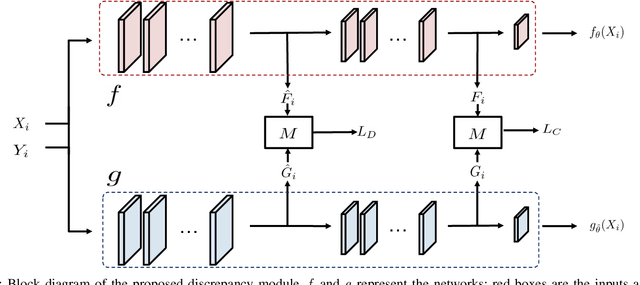
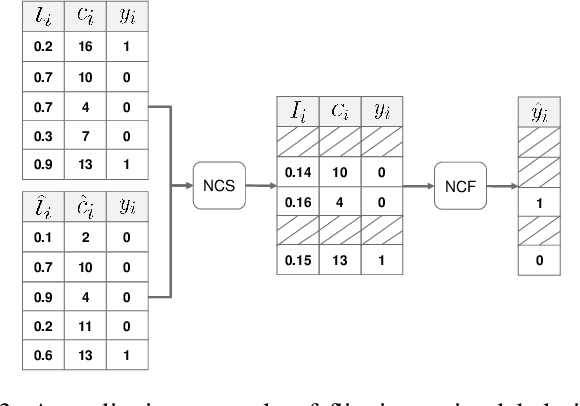
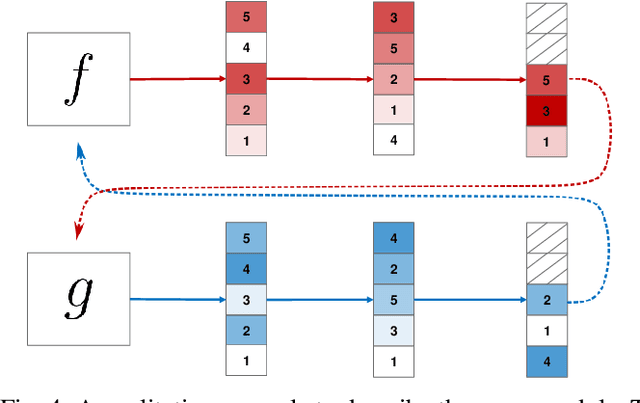
Abstract:The development of accurate methods for multi-label classification (MLC) of remote sensing (RS) images is one of the most important research topics in RS. Deep Convolutional Neural Networks (CNNs) based methods have triggered substantial performance gains in RS MLC problems, requiring a large number of reliable training images annotated by multiple land-cover class labels. Collecting such data is time-consuming and costly. To address this problem, the publicly available thematic products, which can include noisy labels, can be used for annotating RS images with zero-labeling cost. However, multi-label noise (which can be associated with wrong as well as missing label annotations) can distort the learning process of the MLC algorithm, resulting in inaccurate predictions. The detection and correction of label noise are challenging tasks, especially in a multi-label scenario, where each image can be associated with more than one label. To address this problem, we propose a novel Consensual Collaborative Multi-Label Learning (CCML) method to alleviate the adverse effects of multi-label noise during the training phase of the CNN model. CCML identifies, ranks, and corrects noisy multi-labels in RS images based on four main modules: 1) group lasso module; 2) discrepancy module; 3) flipping module; and 4) swap module. The task of the group lasso module is to detect the potentially noisy labels assigned to the multi-labeled training images, and the discrepancy module ensures that the two collaborative networks learn diverse features, while obtaining the same predictions. The flipping module is designed to correct the identified noisy multi-labels, while the swap module task is devoted to exchanging the ranking information between two networks. Our code is publicly available online: http://www.noisy-labels-in-rs.org
 Add to Chrome
Add to Chrome Add to Firefox
Add to Firefox Add to Edge
Add to Edge